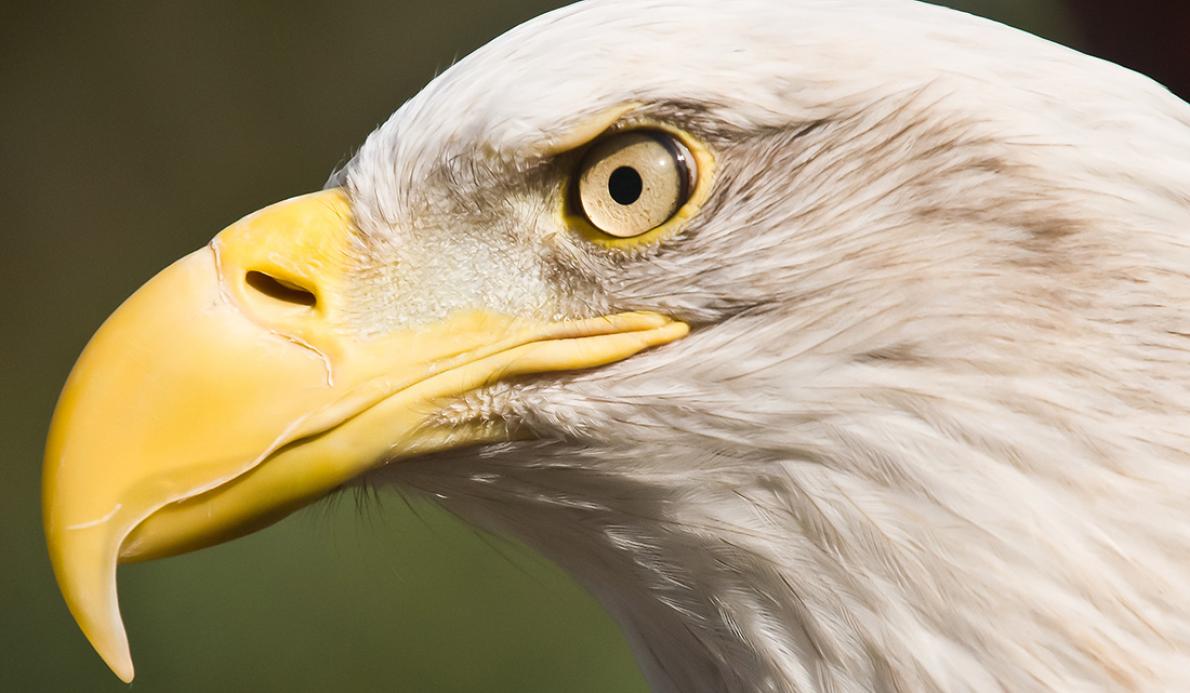The New York Times, May 12, 2015
Birds evolved from dinosaurs 150 million years ago, a slow but thorough transformation. Their bodies gained aerodynamic feathers, their digits fused into wings, and they acquired a beak used to gather food.
We can see some details of this evolutionary marvel in the fossil record. Yet even the most exquisitely preserved fossil can’t tell us which pieces of DNA had to change in order to turn ground-running dinosaurs into modern birds.
Some researchers are now trying to pinpoint those genetic changes with experiments on chicken embryos. If the scientists succeed, they should eventually be able to reverse the evolution of birds — and then they may be able to engineer animals more at home in “Jurassic Park” than in a henhouse.
Continue reading “Reverse Engineering Birds’ Beaks Into Dinosaur Bones”
